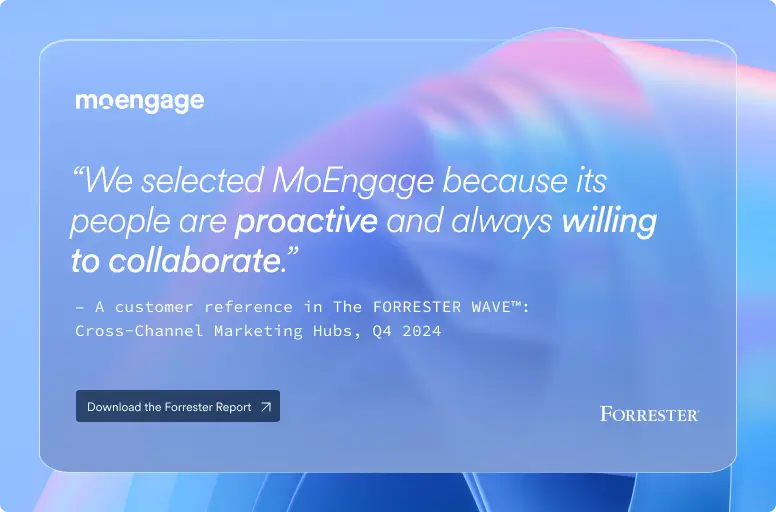Why is Omnichannel Banking Strategy Important?
The fintech and banking sector in Southeast Asia has undergone a 360-degree transformation in the last decade. In 2023, customers expect that financial institutions increasingly provide personalized service, immediate response, and convenience of usage.
Without a data-driven, omnichannel approach to banking and fintech, bank and financial institutions risk losing customers to the competition. The benefits of omnichannel banking ensure higher customer transactions and customer satisfaction, resulting in higher revenue and loyalty.
Omnichannel digital banking focuses on the overall customer journey and engaging customers across all stages of the lifecycle.















